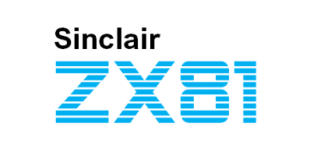

Header text
Established 1997
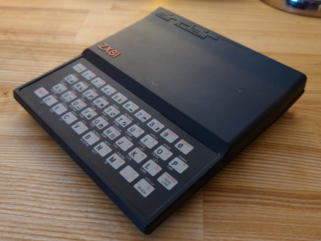

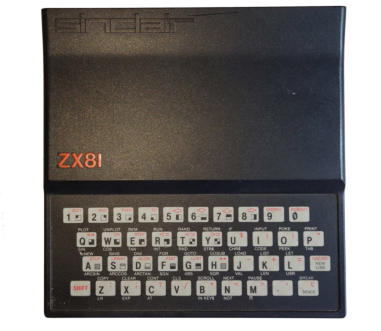

System: ZX81
•
Manufacturer: Sinclair
•
Launch Date: 1981
•
CPU: Z80
•
Original RRP: £129
•
Rarity: Low

Data

Opinion

This is merely my personal view, and as the adage
goes, opinions are as common as certain
unmentionable body parts—everyone has one. Here
is mine:
The ZX81 does little to showcase the capabilities of
early 1980s computer technology. A brief
comparison with contemporaries such as the Vic20,
Atari 800, and BBC Model B quickly undermines
any notion of its technical prowess.
Could it be the build quality that sets it apart?
Unlikely. Although Sinclair is renowned for
designing aesthetically pleasing computer cases, the
internals of the ZX81 leave much to be desired,
whether the unit was assembled from a kit or
factory-produced. A closer examination of the ZX
Spectrum or the QL reveals a pattern of
compromised construction.
So, what fueled its popularity? Sir Clive Sinclair was
a master marketer who understood a fundamental
marketing principle: lower prices drive higher sales.
However, I contend that it is the enthusiastic
community of fans that has truly sustained and
ennobled the ZX81. Their devotion has inspired
innovations such as the ZXpand, which enriches the
machine with sound, additional RAM, joystick
interfaces, and the capability to load games from an
SD card. These fans have even enabled the creation
of custom ZX81 clones and compatible mechanical
keyboards. Moreover, the assortment of games
available transforms these modest computers into a
fascinating realm to delve into. Although initially
dismissive of the ZX81, I am now thoroughly
pleased that I gave it a chance.
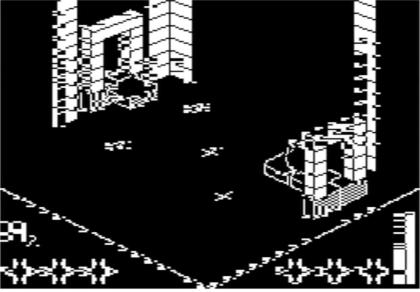


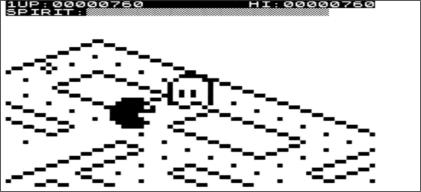
Against all odds. An amazing achievement on a
system that was not supposed to support
custom graphics. Very reminiscent of Airball for
the Dragon32 (also on this site)
‘Em Busca dos Tesouros, which I’m lead
to understand means “In Search of
Treasures” in Spanish. A Brazilian game
by Tadeu Curinnga da Silva in 1986. It is
essentially, an unforgiving version of
Pitfall for the ZX81. With 313 screens
and 15 enemies it’s an astonishing
achievement.
Impact by Bobs Stuff, is an impressive
clone of Asteroids for the ZX81. The
smoothness of the graphics and the speed
are not reflected in a single screenshot.
One Little Ghost is another game by Bobs
Stuff. It’s a spin on the classic Pac-Man,
where you take on the role of the afore
mentioned ghost and make your way
round the map, avoiding the evil Pac-Men.
It’s fluid, well animated and good fun.

Cheap, and, erm,
Cheap
…Say what you want, in 1981, the ZX81 was a cheap
way to get a computer through the front door.


Living with a ZX81
(It ain’t easy…)



There are lots of things about the ZX81 that it seems can only be learnt through
experience. The first of which, is that many of them are hard of hearing. Meaning that
trying to connect either a regular cassette tape player or even a common TZXDuino
will leaving you reaching for the oscilloscope, the multimeter or some aspirin.
One option is the ZXpand. This is a masterful little
device that plugs into the ZX81 expansion slot. It
provides more RAM, a joystick port, audio and most
delightfully, the ability to load tape images from
SDCard.
However, they’re not easily come-by, and can be
pretty expensive.
The TZXDuino pictured above, is different from
many of those found online, because it features an
amplifier. You do have to build it yourself, but
that’s kind of fun, too.
It’s actually in the Magna Carta, that any
mention of the ZX81 must also include
reference to 3D Monster Maze.




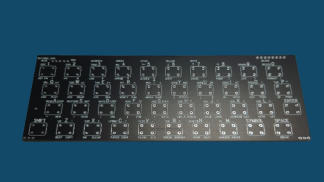
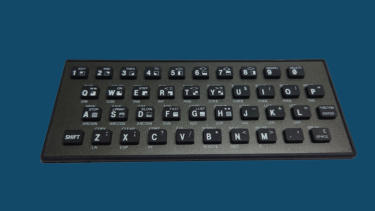


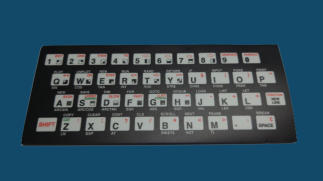

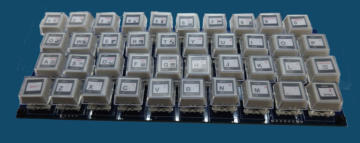
The ZX81 Motherboard. Good luck finding two
of these that look the same. As can be seen the
RF modulator has been removed on this one, and
a more modern RAM upgrade has been added.
Also, the ULA has been removed.
These hateful little blobs of plasticated trash are
the original ZX81 keyboard connectors. They
were invented in Hell, and were sent to torment
mankind.
This is a replacement for the original RF
modulator with a composite output. This
modification involves more than merely cutting
a couple of wires and desoldering connectors; it
presented a significant challenge. I discovered
after a week of troubleshooting that devices
such as the Framemeister Mini and OSSC video
upscaler are incompatible with the signal output
from a ZX81. Ultimately, a budget-friendly
composite-to-HDMI converter purchased from
Amazon resolved the issue.
The ULA Chip for the
ZX81 is no longer in
production, so this is
a modern remake.
There are two ways of doing a RAM upgrade on a
ZX81. The hard way, which involves soldering and de-
soldering, and the easy way: Plugging in a RAM
expansion.
Replace the original ZX81 Keyboard with
a more modern and only slightly less
hateful version.
If you’re handy with a soldering iron, you
can build a more tactile version with little
push button switches. Often ZX81 kits
come with these, and they’re actually
pretty good.
There are rubber overlays for the original
ZX81 Keyboard that give it that ZX
Spectrum feel. Whether that counts as
actually better, is something to debate.
The option I eventually settled on was
building my own from scratch. Cherry
MX switches, I got a PCB printed and
made my own key-caps and key labels.
No, it doesn’t fit in the original case, yes
it’s a joy to use.
Of course, there is always the option of buying a classic
ZX81 in an original third-party case, that comes with a
pretty decent keyboard in the first place.
The main meat and potatoes of owning a ZX81 is pulling it apart
and repairing it and/or improving it…
For those that long for that feeling of driving their heads through a brick wall




Of all the things I hate about the ZX81, the keyboard is the most
hated. They are dreadful. However, you have options.






In Search of Treasure
One Little Ghost
3D Monster Maze
Against All Odds
Impact









